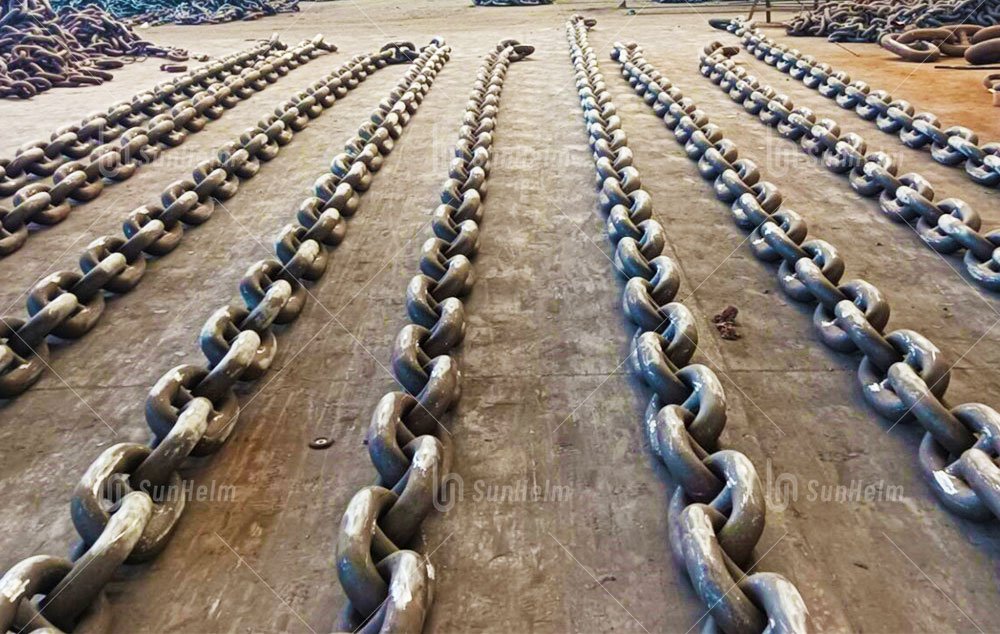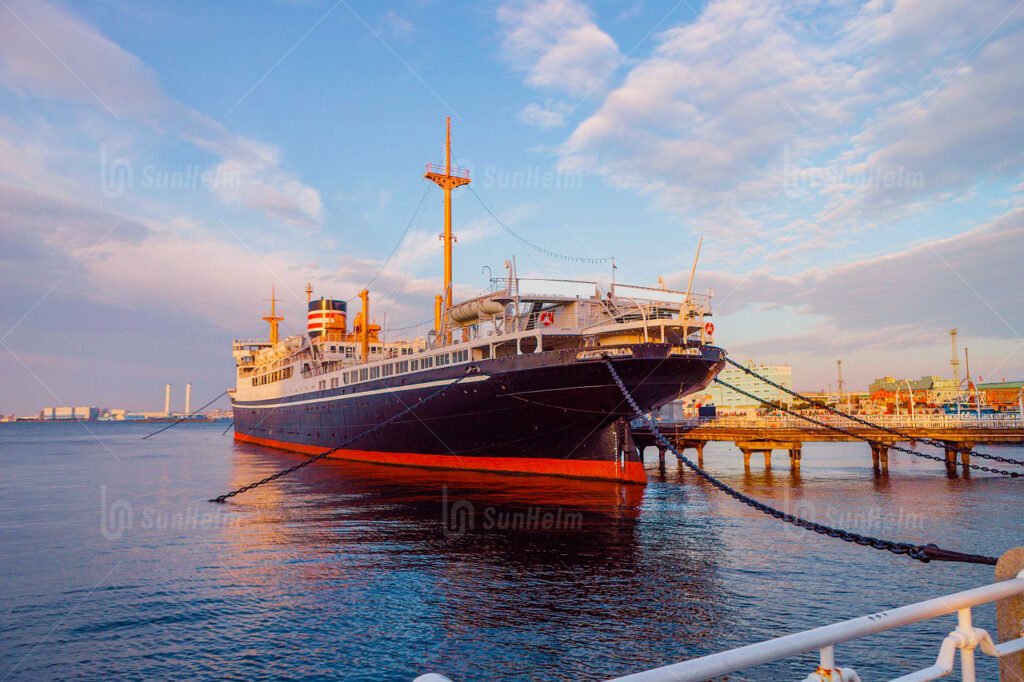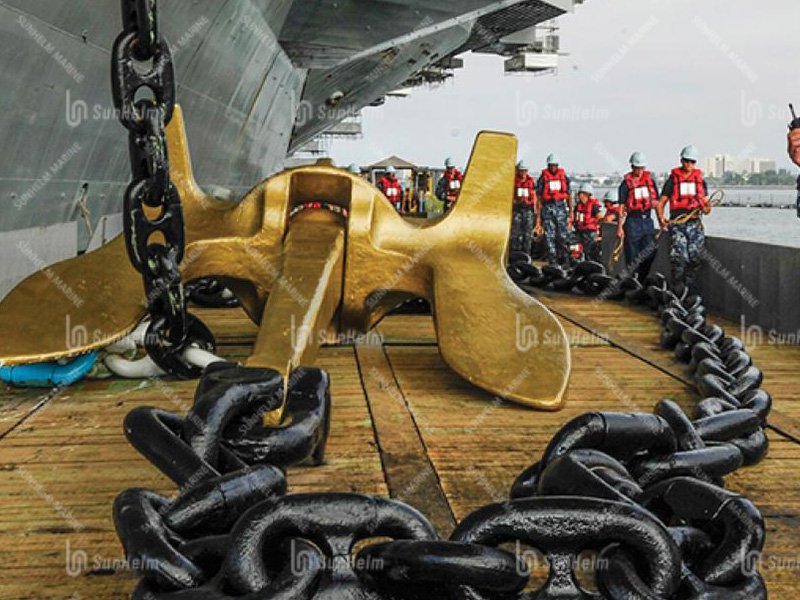Why Anchor Chain Maintenance Is More Urgent Than Ever
Picture this: You’re docked in a busy harbor, the weather shifts suddenly, and your vessel begins to drift—not because the anchor failed, but because the anchor chain did. Sadly, this isn’t a rare case. With modern shipping operating under tighter safety and environmental regulations, maintaining anchor chain integrity has become a critical priority. Neglect can lead to severe hull damage, legal trouble, or even full anchoring system failure. At Sunhelm, we’ve seen too many near-misses caused by avoidable wear and corrosion, which is why we’re sharing proven maintenance strategies you can trust.

Top Anchor Chain Maintenance Tips You Should Know
Perform routine inspections every month.
Start by checking for rust, abrasion, bent links, or loose shackles. Use calipers to measure wear—if the chain’s diameter is reduced by more than 10%, it’s time for replacement.
Clean and rinse after every extended use.
Especially after anchoring in saltwater, wash the chain with fresh water to remove salt and sand. Then apply a marine-grade lubricant or corrosion inhibitor.
Monitor shackles, swivels, and connectors regularly.
These small parts are often the first to fail. Tighten, grease, or replace any components that show signs of stress or movement.
Track and label your scope intervals.
Mark your anchor chain at 25- or 50-foot intervals using colored paint or zip ties. This helps you manage deployment more precisely and improves retrieval efficiency.
Document all maintenance activity.
Keeping a simple log of inspections, measurements, and replacements will help you stay ahead of wear and satisfy port authority or insurance checks.
Why These Practices Work
Thanks to these habits, you can extend the life of your anchor system by years. For instance, one of our clients at Sunhelm saw a 35% improvement in corrosion resistance simply by rinsing and oiling their chain after every offshore job. Another captain avoided an unexpected failure after discovering a worn shackle during a scheduled check.

Related Questions – People Also Ask:
What is the best way to clean an anchor chain?
Rinse it thoroughly with fresh water, then allow it to dry before applying marine-grade anti-corrosion oil.
How often should I inspect my anchor chain?
At least once a month, or after any extended use—especially if you anchored in rocky or abrasive seabeds.
What causes anchor chains to fail?
Common causes include corrosion, excessive elongation, worn shackles, poor lubrication, and improper storage.
How can I tell if my anchor chain is stretched?
Measure several links and compare them to their original length. If they’ve stretched more than 8%, replace the section immediately.
Should I replace the whole chain or just worn links?
You can replace only damaged links if the rest are in good shape, but always consult a marine expert like Sunhelm before partial replacement.
Why Choose Sunhelm for Your Anchor Chain Needs?
Sunhelm offers more than products—we provide marine-grade solutions. Whether you’re managing a fleet of commercial vessels or operating a single yacht, we offer:
- Customized inspection plans
- High-quality chains built for harsh marine environments
- Full documentation for compliance and insurance
- Professional servicing and replacement parts
Take the Next Step with Sunhelm
Avoid the risks of chain failure. Here’s how to get started:
- Schedule a free inspection with Sunhelm’s anchor gear experts
- Receive a customized maintenance checklist for your vessel
- Install visible scope markers to improve deployment control
- Get replacement parts fast from our certified supply chain
Don’t Wait for Failure
Every link matters when it comes to anchoring safety. Let Sunhelm help you build a proactive, reliable maintenance plan—because your vessel deserves more than guesswork.


